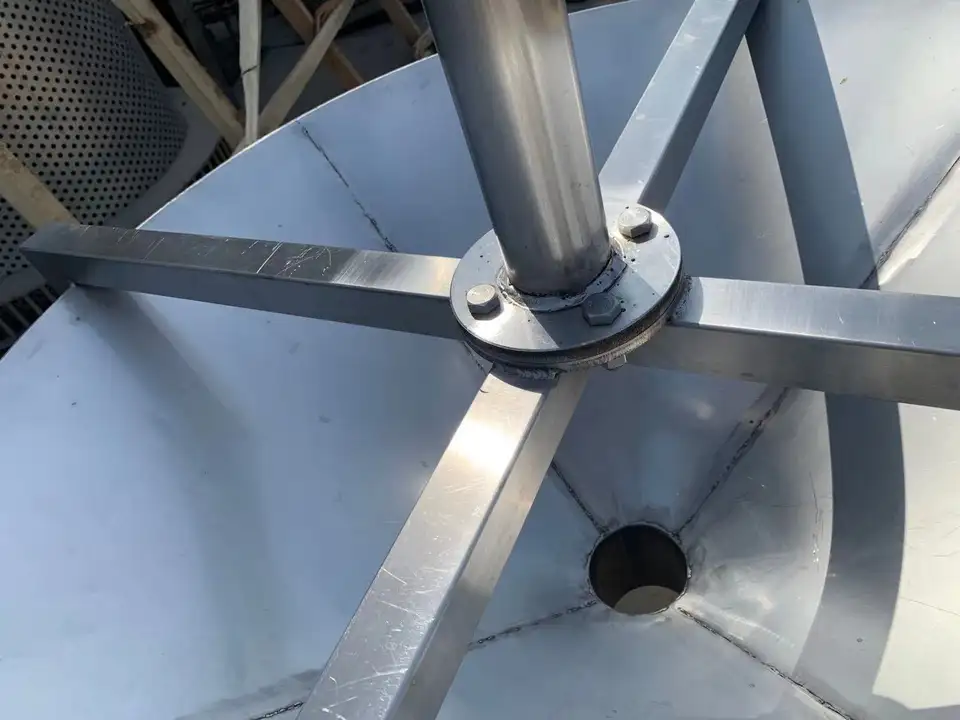Efficient Evaporative Cooling Pads for Poultry Farming
Sep . 17, 2024 08:46 Back to list
Efficient Evaporative Cooling Pads for Poultry Farming
Evaporative Cooling Pads for Poultry Enhancing Animal Welfare and Productivity
As the global temperature continues to rise, the importance of effective cooling solutions for livestock, particularly poultry, has become increasingly evident. One of the most efficient and environmentally friendly methods for cooling poultry housing is the use of evaporative cooling pads. These pads not only help maintain optimal temperature levels but also significantly contribute to the overall well-being and productivity of birds.
Understanding Evaporative Cooling
Evaporative cooling is a natural process wherein water absorbs heat from the surrounding air, causing the air temperature to decrease. This phenomenon occurs when water evaporates into the atmosphere, a process that can be harnessed effectively using evaporative cooling pads. These pads are designed to maximize the evaporation process, providing a cost-effective cooling solution that can lower ambient temperatures significantly in poultry houses.
The Design and Function of Cooling Pads
Evaporative cooling pads are typically made from cellulose or other absorbent materials that can hold water. They are installed on the walls of poultry housing units, where they are continuously moistened with water. As hot air enters the housing, it passes through the damp pads. The water in the pads evaporates, absorbing heat from the air and thereby cooling it before it circulates into the poultry area. This process can reduce temperatures by as much as 20-30°F or more, depending on humidity levels.
Benefits for Poultry Production
1. Enhanced Comfort Chickens and other poultry are particularly sensitive to extreme temperatures. High heat can lead to stress, reduced feed intake, and decreased egg production. By maintaining a cooler environment, evaporative cooling pads help minimize heat stress, promoting better welfare for the birds.
evaporative cooling pads for poultry

2. Improved Growth Rates When poultry are comfortable, their metabolic rates can improve, leading to enhanced growth rates. A more favorable environment allows birds to focus on growth and production rather than coping with heat stress, resulting in healthier and more productive flocks.
3. Increased Egg Production For laying hens, maintaining optimal temperatures is crucial for maximizing egg production. Heat stress can lead to a decrease in egg quantity and quality. By implementing evaporative cooling systems, poultry producers can stabilize egg production rates throughout the hotter months.
4. Energy Efficiency Compared to traditional air conditioning systems, evaporative cooling pads are much more energy-efficient, making them a cost-effective solution for poultry farmers. The reduction in energy consumption translates into lower operational costs, adding further value to this cooling method.
5. Environmentally Friendly Evaporative cooling systems use significantly less energy than mechanical cooling systems and do not emit harmful greenhouse gases. This makes them an environmentally conscious choice for modern poultry producers seeking to reduce their carbon footprint.
Implementation Considerations
To effectively implement evaporative cooling pads, poultry producers should consider several factors. The arrangement of the pads, the water supply system, fan placement, and overall ventilation are critical to maximizing their cooling potential. Regular maintenance is also essential to ensure the pads remain effective and hygienic.
Conclusion
In summary, evaporative cooling pads are an invaluable asset for poultry producers seeking to enhance animal welfare and productivity. By providing a comfortable and cool environment, these pads not only improve the health and growth rates of poultry but also contribute to sustainable farming practices. As temperatures rise, the adoption of such innovative cooling solutions will be crucial in the poultry industry’s ongoing efforts to meet the challenges posed by climate change.
-
Automatic Feeding Line System-Pan Feeder Nipple Drinker|Anping County Yize Metal Products Co., Ltd.
NewsJul.29,2025
-
Hot Sale 24 & 18 Door Rabbit Cages - Premium Breeding Solutions
NewsJul.25,2025
-
Automatic Feeding Line System Pan Feeder Nipple Drinker - Anping County Yize Metal Products Co., Ltd.
NewsJul.21,2025
-
Automatic Feeding Line System Pan Feeder Nipple Drinker - Anping County Yize Metal Products Co., Ltd.
NewsJul.21,2025
-
Automatic Feeding Line System - Anping Yize | Precision & Nipple
NewsJul.21,2025
-
Automatic Feeding Line System - Anping Yize | Precision & Nipple
NewsJul.21,2025






